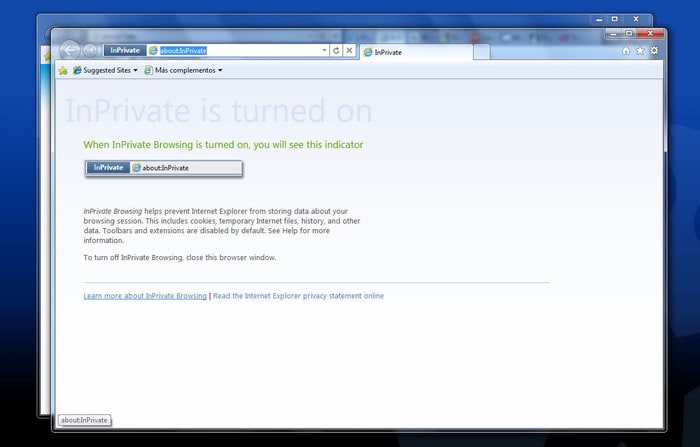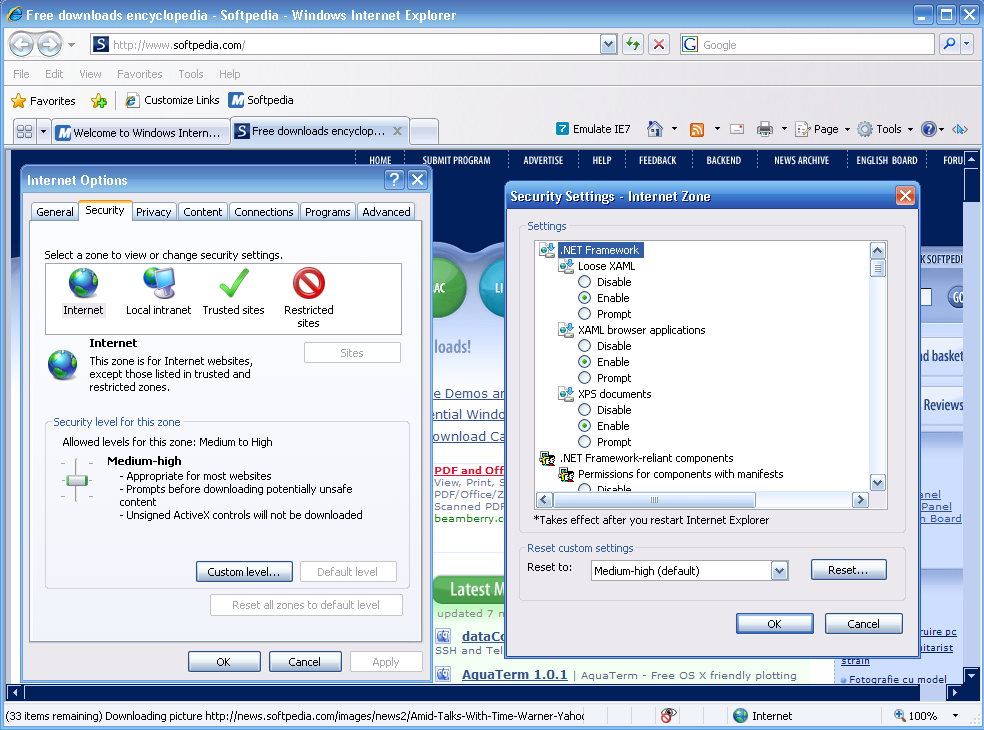Internet Explorer 8.0 Version For Windows 8
Internet Explorer (formerly Microsoft Internet Explorer and Windows Internet Explorer, commonly abbreviated IE or MSIE) is a series of developed by and included as part of the line of, starting in 1995. The first version of, (at that time named Microsoft Internet Explorer, later referred to as Internet Explorer 1) made its debut on 17 August 1995. It was a reworked version of, which Microsoft licensed from, like many other companies initiating browser development. It was first released as part of the add-on package that year.

Later versions were available as free downloads, or in, and included in the service releases of Windows 95 and later versions of Windows. Originally Microsoft Internet Explorer only ran on Windows using () processor. Current versions also run on,, and. Versions on Windows have supported, and and 32-bit but currently support only 32-bit.

A version exists for called Internet Explorer for Xbox using PowerPC and an embedded OEM version called Pocket Internet Explorer, later rebranded, which is currently based on Internet Explorer 9 and made for using ARMv7,, and previously, based on Internet Explorer 7 for. It remains in development alongside the desktop versions. Internet Explorer has supported other operating systems with (using +, PowerPC) and ( using and using ), which have been discontinued. Since its first release, Microsoft has added features and technologies such as basic display (in ); (in ), which adds creation of; and (in ), which allow Web sites to have native-language addresses with non- characters. The browser has also received scrutiny throughout its development for use of third-party technology (such as the of, used without royalty in early versions) and security and privacy, and both and have alleged that integration of Internet Explorer with Windows has been to the detriment of other browsers. The has an interface allowing for use as both a desktop application, and as a application. See also: IE versions, over time, have had widely varying OS compatibility, ranging from being available for many platforms and several versions of Windows to only a few versions of Windows.
Many versions of IE had some support for an older OS but stopped getting updates. The increased growth of the Internet in the 1990s and 2000s means that current browsers with small market shares have more total users than the entire market early on. For example, 90% market share in 1997 would be roughly 60 million users, but by the start of 2007 90% market share would equate to over 900 million users. The result is that later versions of IE6 had many more users in total than all the early versions put together.
The release of IE7 at the end of 2006 resulted in a collapse of IE6 market share; by February 2007, market version share statistics showed IE6 at about 50% and IE7 at 29%. Regardless of the actual market share, the most compatible version (across operating systems) of IE was 5.x, which had Mac OS 9 and Mac OS X, Unix, and most Windows versions available and supported for a short period in the late 1990s (although 4.x had a more unified codebase across versions). Super Bounce Out Crack Winzip more. By 2007, IE had much narrower OS support, with the latest versions supporting only Windows XP Service Pack 2 and above. Save Html Textbox To Text File. Internet Explorer 5.0, 5.5, 6.0, and 7.0 (Experimental) have also been unofficially ported to the operating system from the project.



